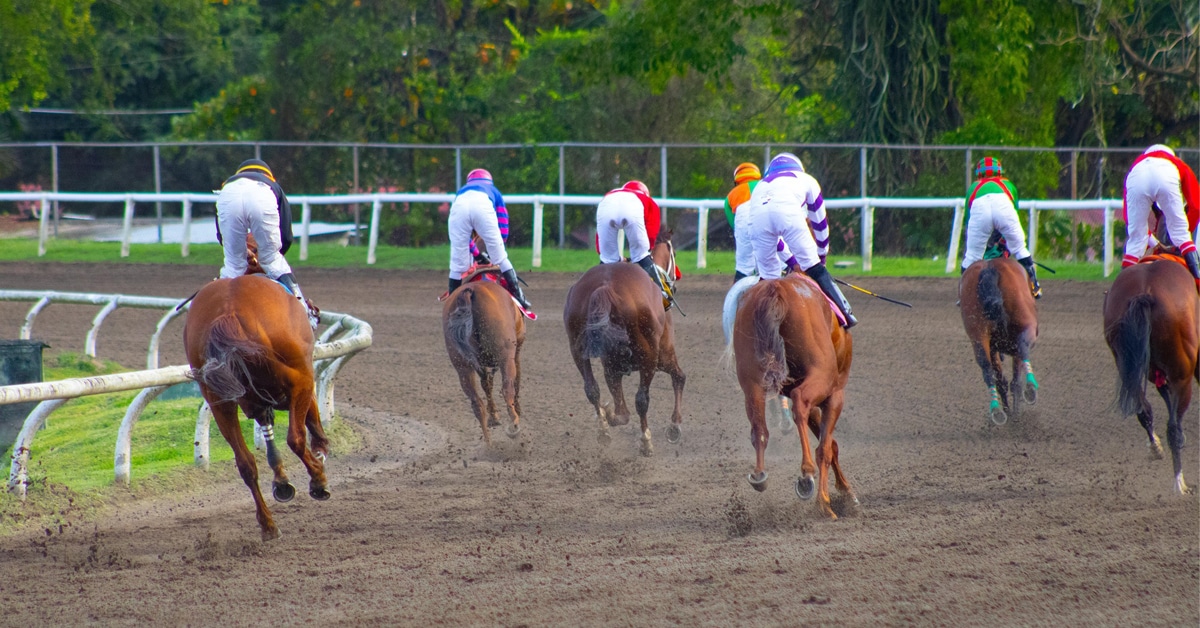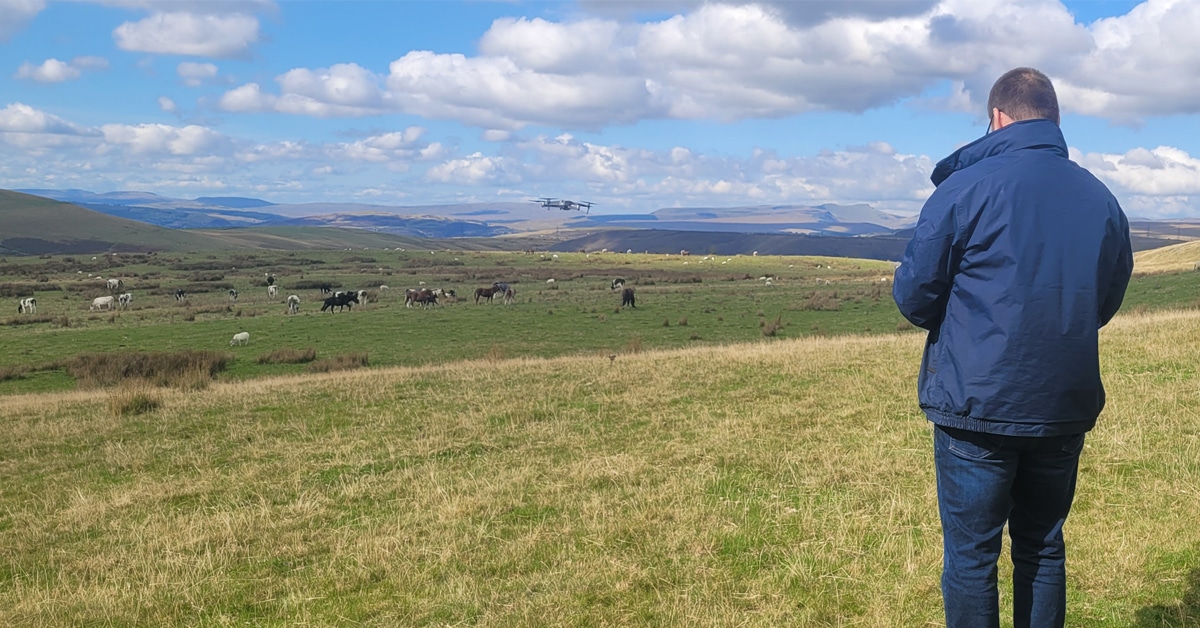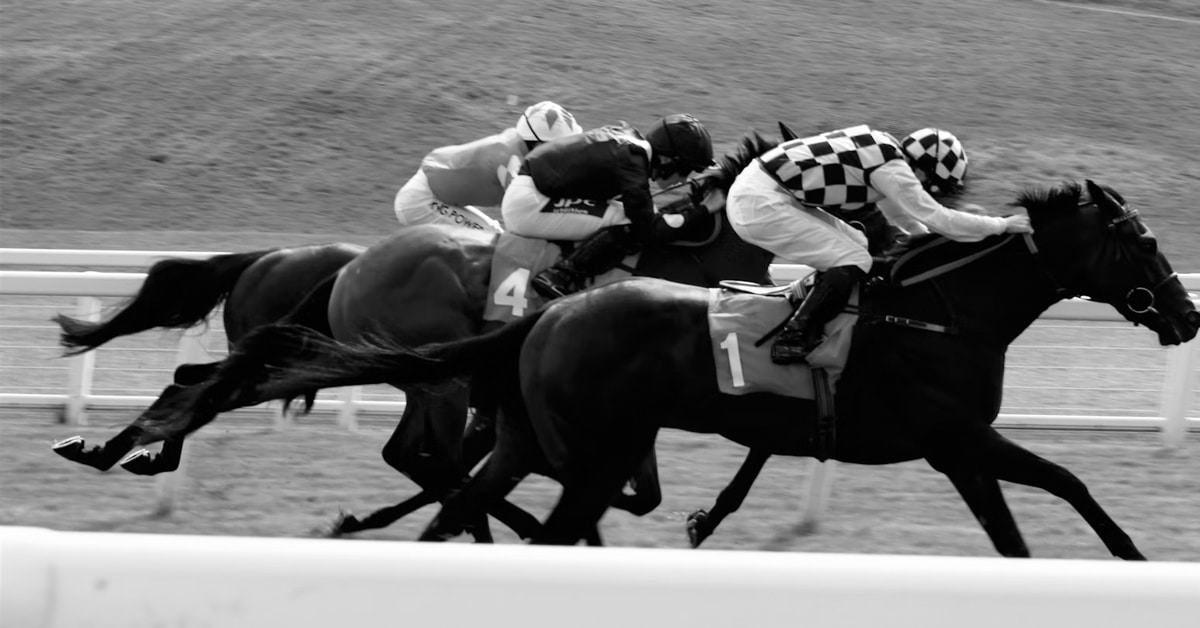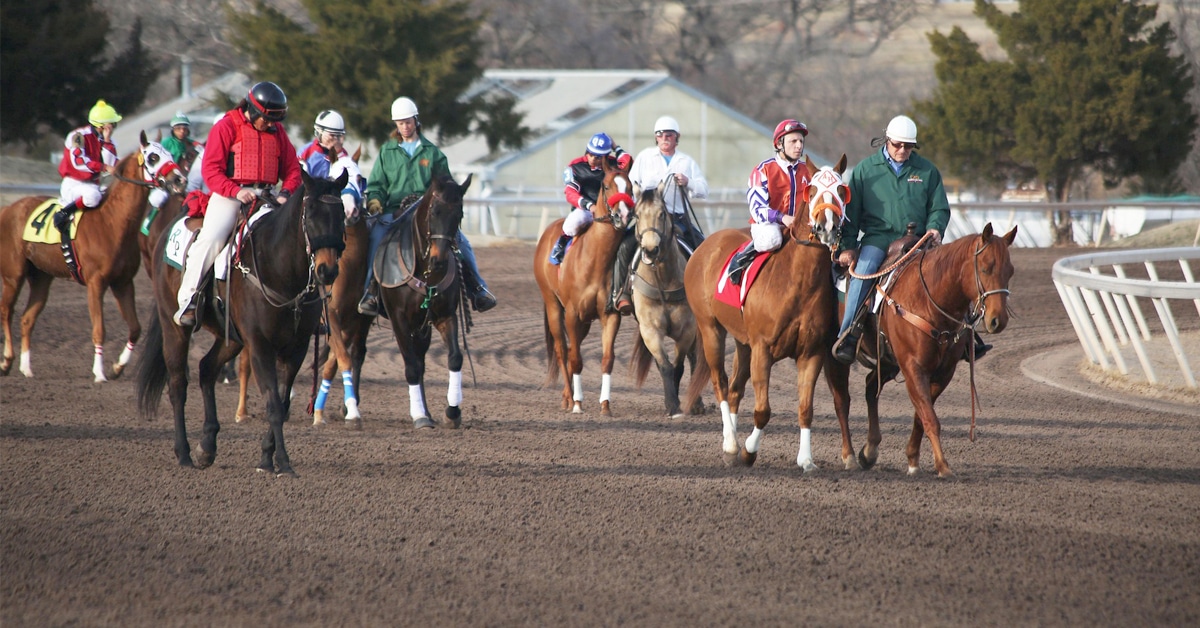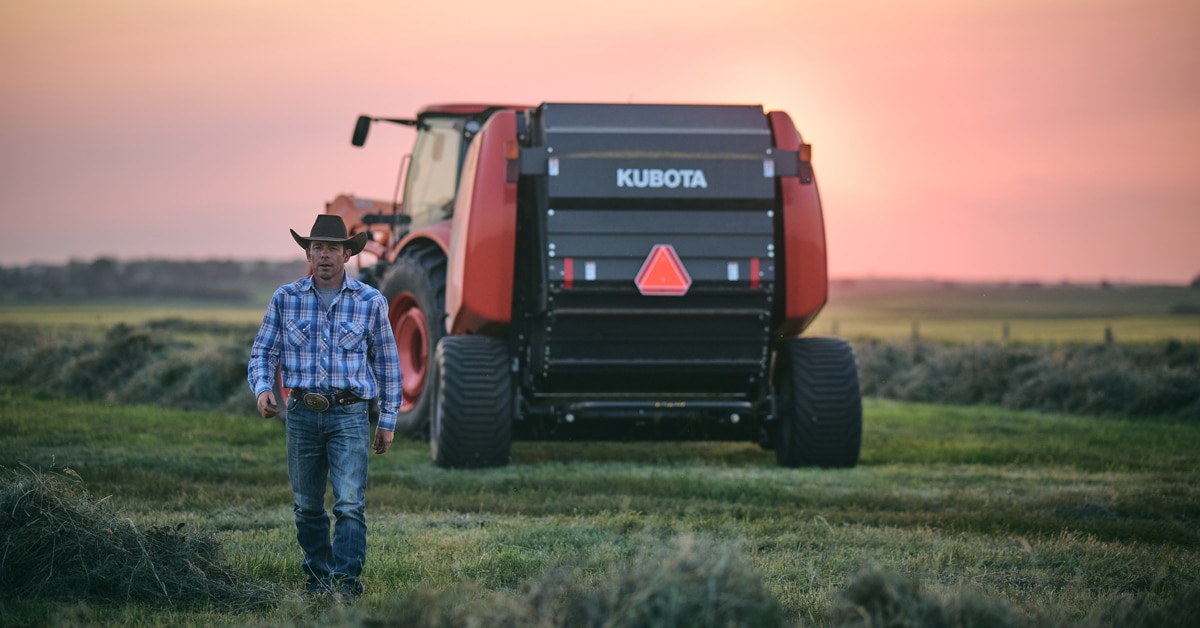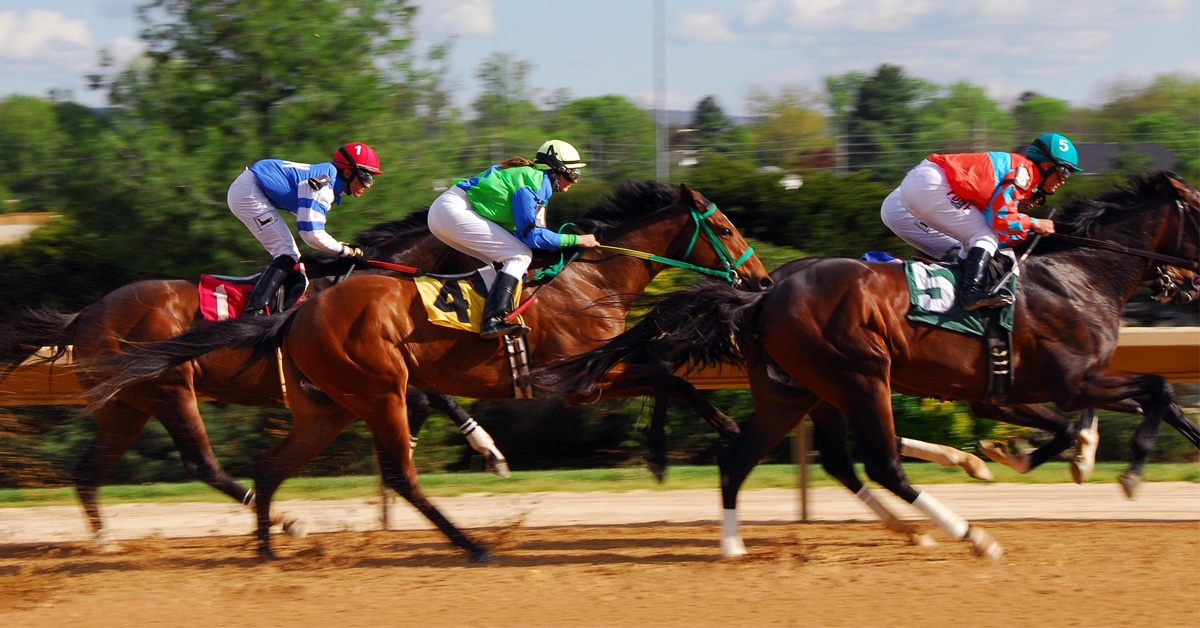Sometimes, horses behave in ways that negatively impact the owner’s goals. They may not perform as desired, or they may do things that are confusing, frustrating or even dangerous. In order to work towards a resolution, a good first question to ask is, “Is this a training problem, or a behaviour problem?”
Training Problems
In general, training problems reflect a deficit in the development or execution of a specific behaviour the horse is expected to perform. For instance, a horse may not respond to light leg cues to move forward, they may raise their head when the bridle is lifted towards them, or they may be sluggish to respond to turning, slowing or stopping cues.
While training horses is undoubtedly an art, more recently it is also a well-studied science. We know much about how new behaviours can be taught. For example, the use of reinforcement alongside shaping, modelling or targeting are good ways to teach horses new, desired behaviours. Once taught, new behaviours can be then ‘put on cue.’ A cue is a unique stimulus, whether a rider’s leg or body position, a sound such as a kiss or anything else the horse can perceive that signals to the horse ‘perform this behaviour, and earn reinforcement’. For example, many horses are taught that part of the cue to canter is the rider’s outside leg moved back behind the girth.
People can run into problems if they don’t understand how horses learn, or how to achieve consistent results in training.
Good training also involves what is known as proofing a behaviour: gradually adding in factors such as increased duration of time to perform the behaviour, performing the behaviour for longer distances or in the face of distractions. Training behaviours systematically in this manner is part of what makes it more likely that a horse will perform the desired behaviour when cued, in a wide variety of contexts.
People can run into problems if they don’t understand how horses learn, or how to achieve consistent results in training. For example, training problems can occur when horses aren’t taught that their voluntary behaviour is what earns reinforcement, when a trainer doesn’t understand how to put behaviours on cue, or when a trainer tries to use one cue for different behaviours. This can result in confusion and frustration for trainers and horses alike.
Training problems can also reflect a lack of training for fluency. When a horse performs a cued behaviour fluently, it is performed with a high level of precision, with low latency (a short lag time between the cue’s application and when the horse starts to perform the behaviour), and the behaviour is performed at the trainer’s desired speed. Training for precision, latency and speed should come after the horse understands the link between the cue and their own voluntary behaviour. Trainers who have not trained for fluency may experience problems with precision, such as a trot steps between a walk-to-canter transition, with latency, such as a horse continuing to walk a few strides after being cued to halt, or speed, such as a horse spinning more slowly than a trainer desires.
Behaviour Problems
One of the key differences between training problems and behaviour problems is the horse’s emotional state. When horses are experiencing behaviour problems, unpleasant emotions they feel can cause them to behave in ways we view as undesirable.
The behaviours displayed by horses feeling fear or pain are designed to help horses escape or avoid contact with the fear- or pain-inducing trigger.
Sometimes these emotion-driven behaviours occur due to the presence of underlying physical or medical conditions. Such conditions often cause horses to experience pain. Pain is a sensation that is processed, in part, by the limbic system in the brain: a group of structures that help regulate emotions and behavioural responses that aid in a horse’s survival. So, when a horse feels pain, their brain triggers an immediate corresponding emotional response. Some horses may become afraid, while others may become irritable or angry. Either way, these emotions prompt horses to behave in ways that can help reduce or minimize pain, and thus decrease harm.
The behaviours displayed by horses feeling fear or pain are designed to help horses escape or avoid contact with the fear- or pain-inducing trigger. This can include remaining still or being reluctant to move (‘freezing’), ‘fidgeting’ if restrained and unable to escape or avoid, or ‘fleeing’ are commonly seen when horses feel fear or pain. Less commonly, horses may also behave aggressively towards triggers (‘fighting’), if they have learned that escape or avoidance is futile.
Knowing this, if we think back to the examples of training problems above, it becomes easier to appreciate how some issues may more accurately be classified as behaviour problems. It is important to understand the distinction between the two, as each issue is usually best served by different approaches.
How Each Should be Addressed
To better help my clients understand why different approaches should be considered for training versus behaviour problems, I often use a human example to illustrate the differences. If a child enrolled in a gymnastic program was having challenges competing to their ability, it could be because of various factors:
- The child may lack fluency in basic fundamental skills;
- The child may have an underlying painful or medical condition;
- The child may have anxiety or fear about movements they are being asked to perform.
In each instance, there is a professional with a knowledge base and skill set best suited to resolve the issue: a coach, doctor, sports psychologist or psychiatrist.
With horses, the right professional could be a trainer or coach with an understanding of learning theory or a veterinarian. Or the horse may best be served by help from a qualified behaviour professional. This could be a credentialed equine behaviour consultant, an applied or clinical animal behaviourist or a veterinary behaviourist. These professionals are trained to be able to determine why horses are behaving in problematic ways, and to resolve issues, using effective, proven techniques.
Not all training techniques can change negative emotions like fear or anger. In fact, using common training techniques like ‘pressure and release’ (negative reinforcement) or corrections (punishment) can greatly worsen problems or create new ones. Indeed, what might start as a training problem can rapidly become a behaviour problem if the wrong technique is used to try and resolve the issue. For example, if a horse won’t load, and a trainer escalates pressure in a way that the horse cannot cope with or process, the horse may quickly develop a learned fear of the trailer, loading attempts, or even the trainer.
In summary, horses may behave in undesirable ways for many reasons. Finding the best professional to determine why the behaviour is happening is critical, not only to resolve the issue, but to avoid worsening the problem or creating new problems. In some instances, a horse may best be served by professionals taking a team approach, working together using their own unique knowledge and skill set to address problems.
The Latest

